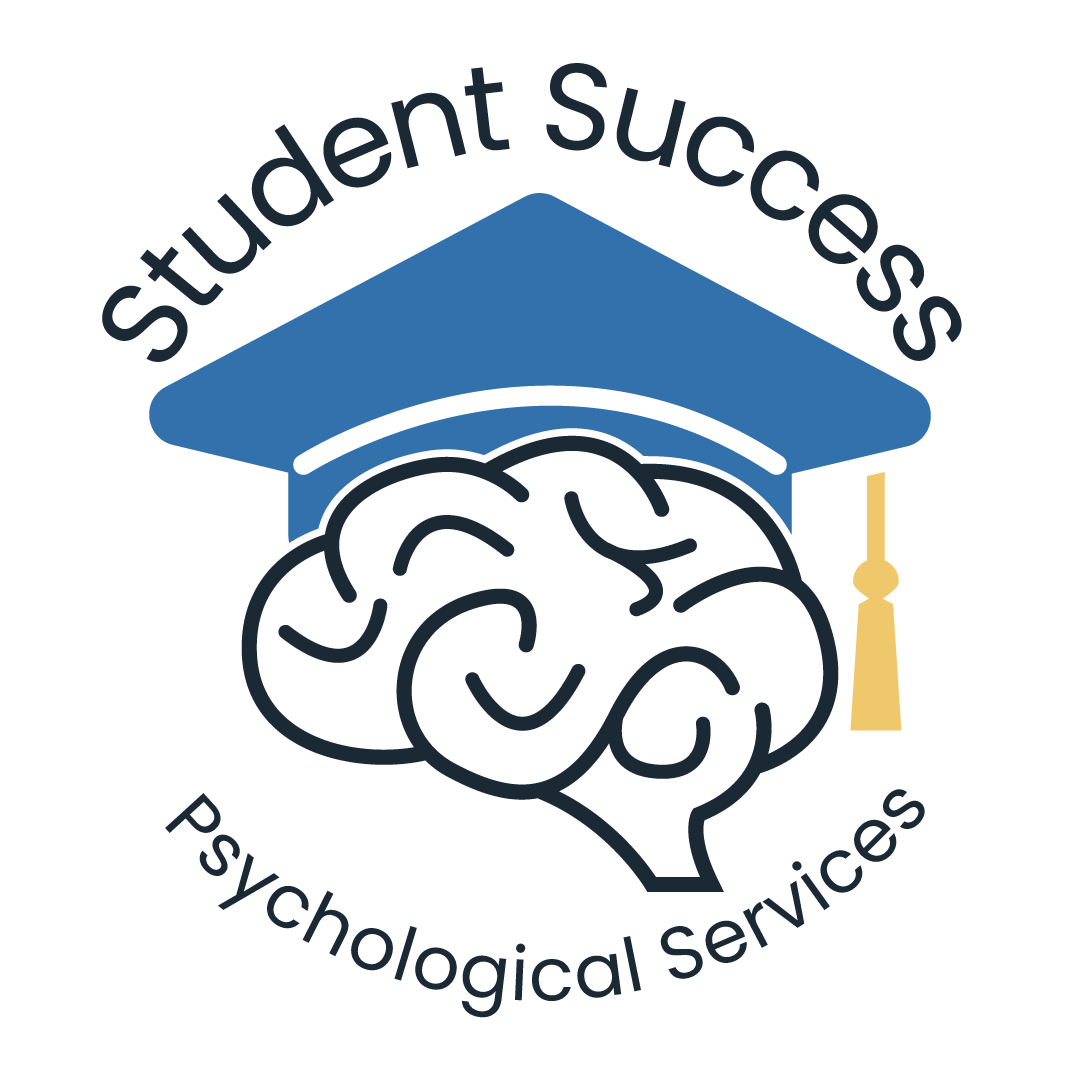The Benefits of Combination Treatment for Children with ADHD
If your child has ADHD, you are probably wondering what treatment approach is best for them. One of the most comprehensive studies, the Multimodal Treatment Study of Children with ADHD (MTA Study), offers clear and reassuring guidance. They found the combination of both medication and behavioral therapy delivers the most effective and lasting benefits for children with ADHD. Understanding why this combined approach works best can empower you to make informed decisions that support your child’s success both now and in the years ahead.
What was the MTA Study and why does it matter?
The MTA Study was a large clinical trial funded by the National Institute of Mental Health. It involved nearly 600 children between the ages of 7 and 10 diagnosed with ADHD. These children were randomly assigned to one of four different treatment groups: medication alone, behavioral therapy alone, a combination of both, or usual community care. The goal was to determine which treatment approach worked best—not just for reducing symptoms like inattention and hyperactivity, but for improving real-life outcomes, such as school performance, family relationships, and social skills. More than two decades later, the findings from this study remain some of the most important evidence available to parents, doctors, and educators worldwide.
Why does combination treatment work best?
1. It Addresses Both Symptoms and Skills
Medication is highly effective at reducing the core symptoms of ADHD, such as difficulty focusing or impulsive behavior. But it doesn’t teach your child the skills they need to succeed in daily life. That’s where behavioral therapy comes in. Through parent training, school-based interventions, and teaching children coping strategies, behavior therapy helps kids learn to manage emotions, follow routines, and improve social interactions. When medication and therapy are combined, your child gets the best of both worlds: symptom relief and the practical skills they need to thrive.
2. It Provides Support for the Whole Family
ADHD doesn’t just impact the child but the entire family. Behavioral therapy includes training for parents that provides strategies to reduce conflict, improve communication, and support positive behavior at home. Medication can help your child regulate their behavior enough to respond better to these parenting techniques, leading to a calmer, more cooperative home environment.
3. It Helps with Other Challenges Beyond ADHD
Many children with ADHD also face other difficulties, like anxiety, learning disabilities, or mood challenges. The MTA Study found that children with these additional challenges often saw the most benefit when medication was paired with behavioral therapy. This ensures that your child’s full range of needs is addressed, not just the ADHD symptoms.
4. It Sets the Stage for Long-Term Success
ADHD is a chronic condition, and research shows that the benefits of treatment can diminish over time if not maintained. The combination of medication and therapy offers tools that support children not only now, but as they grow older, helping with academics, relationships, and self-esteem.
5. It Can Reduce Medication Side Effects
Because behavioral therapy boosts the effectiveness of medication, children may achieve symptom control with lower doses. This can reduce side effects like appetite loss or trouble sleeping, making treatment more tolerable and sustainable.
What does this mean for you and your child?
While every child with ADHD is unique, the evidence is clear that combining medication with behavioral therapy gives your child the strongest foundation for success. This dual approach addresses the complex ways ADHD affects the brain, emotions, and daily life. As a parent, there are several ways you can take action to provide your child the best support. Work closely with your child’s doctor and therapist to create a personalized plan that coordinates behavioral supports at school and home. Make sure to stay engaged in your child’s progress and adjust treatment as needed. Overall, combination treatment is the way to offer your child well-rounded support that addresses both immediate symptoms and long-term growth.

